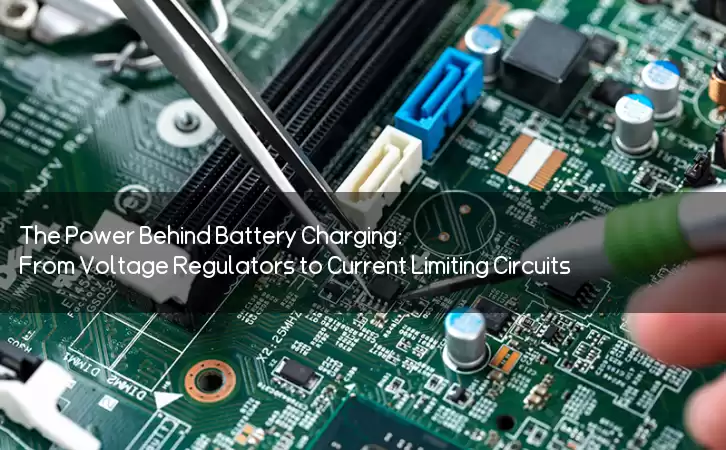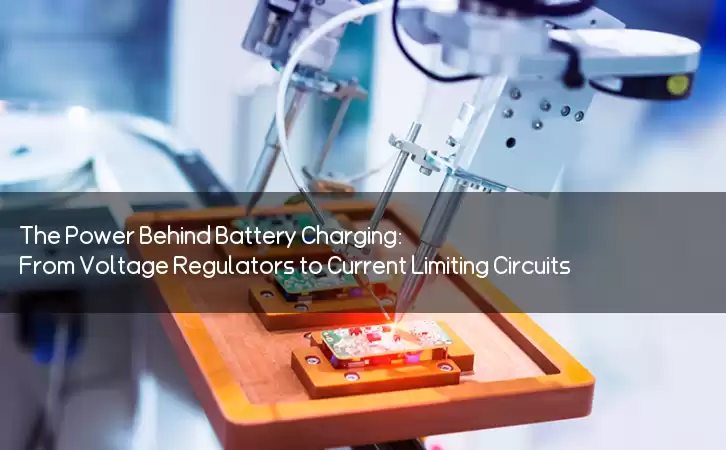Information Center
The Power Behind Battery Charging: From Voltage Regulators to Current Limiting Circuits
Published:2023-08-05 10:32:58 Author:Green WCND Views:82Battery Charger Circuit: An Overview

A battery charger circuit is designed to recharge batteries, which can be used for various applications, including portable electronics devices, electric vehicles, and renewable energy systems. In general, a battery charger circuit converts AC power from an electrical outlet or DC power from a renewable energy source to DC power that can be used to charge a battery.

There are several types of battery charger circuits available in the market, including linear chargers, switch-mode chargers, and pulse chargers. Linear chargers are simple and easy to design, but they are less efficient and generate more heat. Switch-mode chargers are more efficient and generate less heat, but they are more complex and expensive to design. Pulse chargers are specialized chargers that use high-frequency pulses to desulfate batteries and improve their performance, especially for deep-cycle batteries used in renewable energy systems.
The battery charger circuit consists of several components, including a transformer, rectifier, filter, voltage regulator, and current limiting circuit. The transformer converts the AC voltage from the electrical outlet to a desired voltage level, which is then rectified by the rectifier circuit to produce a pulsating DC voltage. The filter circuit removes the AC ripple from the pulsating DC voltage to produce a smooth DC voltage.
The voltage regulator circuit controls the output voltage of the charger to a desired level, which depends on the type of battery being charged. For example, the lead-acid batteries used in traditional cars and solar power systems require a constant voltage of 13.8 volts, while the lithium-ion batteries used in portable electronics devices require a variable voltage that depends on the state of charge and temperature of the battery.
The current limiting circuit controls the charging current to prevent the battery from overcharging and overheating, which can cause damage to the battery or even explosion. The charging current is usually determined by the battery capacity, which is measured in ampere-hours (Ah). For example, a 100 Ah battery needs a charging current of 10 amps for 10 hours to be fully charged. The charging time also depends on the efficiency and capacity of the charger circuit.
In conclusion, the battery charger circuit is a critical component of any battery-powered system, and its design and operation must be carefully considered to ensure safe and efficient charging of the battery. The choice of charger circuit depends on the application, the type of battery, and the desired charging time and efficiency. A properly designed and operated charger circuit can extend the life and performance of the battery, reduce the cost and environmental impact of the system, and enhance the user experience and satisfaction.
Power Adapter Design and Customization Guide for Portable Electric KettlesI. Common Design Types for Portable Electric Kettle Power AdaptersPortable electric ke···
I. Common Design Types of Power Adapters External Independent Type (Most Common) Design: A standalone adapter (e.g., "black brick") connected to the p···
Handheld Vacuum Cleaner Power Adapter Selection GuideIntroductionHandheld vacuum cleaners have become a mainstream tool for household cleaning due to their port···
Drill Power Adapter Selection Guide.drill-container { font-family: Arial, sans-serif; line-height: 1.6; max-width: 800px; margin: 0 auto; padding: 20px; } .dril···





